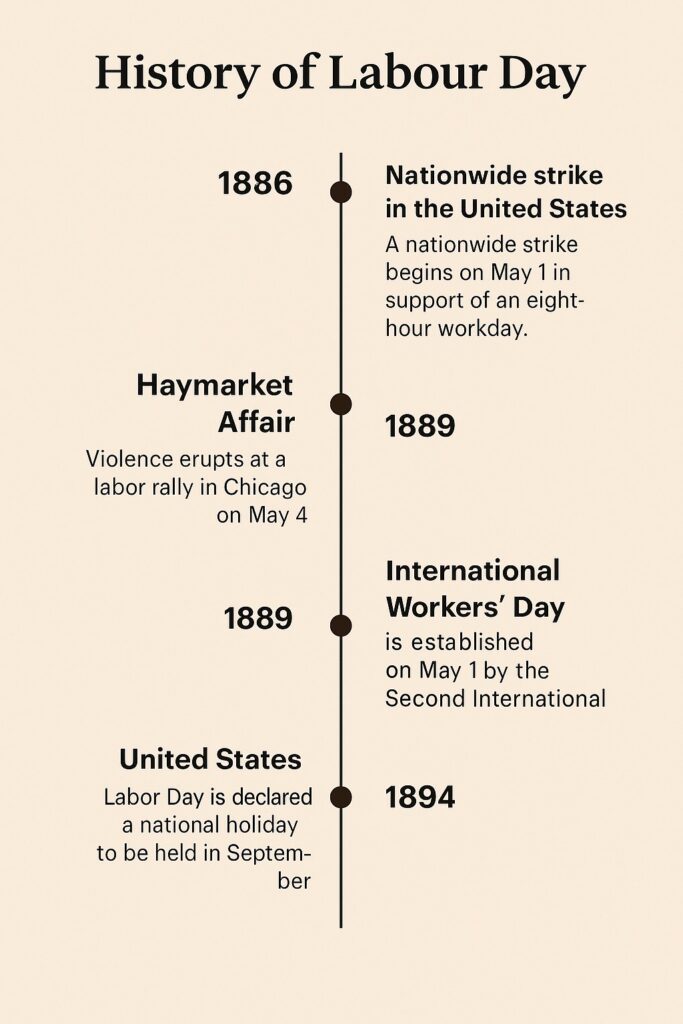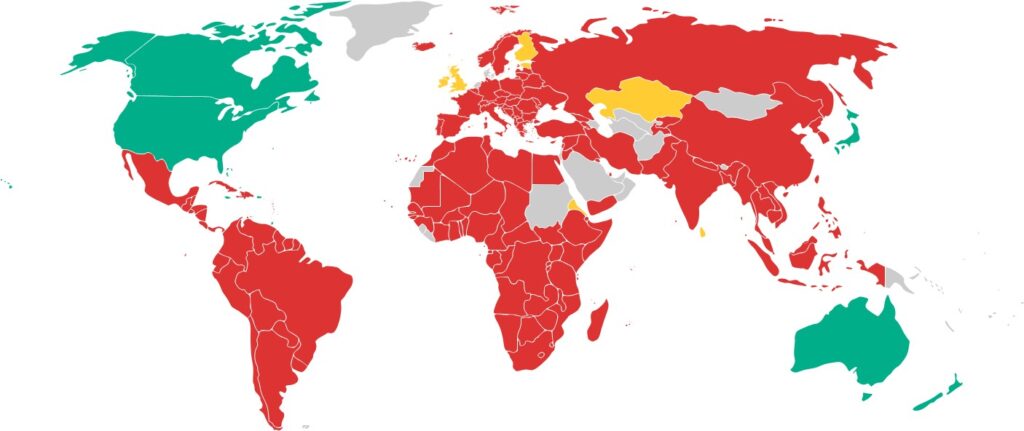Labour Day, marked annually on 1 May, is a public holiday with deep historical roots and varying significance across the world. Known also as International Workers’ Day or May Day, it honours the struggles and achievements of the labour movement and continues to reflect both historical memory and current political realities in different countries.
A history of protest and progress
The origins of Labour Day lie in the labour union movement’s fight for an eight-hour working day. Its most widely recognised turning point came in 1886, during a nationwide strike in the United States. On 1 May of that year, workers across the country walked off their jobs. The movement’s focal point became Chicago, where a peaceful rally at Haymarket Square turned violent on 4 May after a bomb was thrown at police, resulting in deaths on both sides. The ensuing crackdown saw several labour leaders executed, creating martyrs and sparking global outrage.
In 1889, the Second International — an organisation of socialist and labour parties — declared 1 May as International Workers’ Day in commemoration of the Haymarket Affair. The date has since become a symbol of international labour solidarity.

Observance across the world
Europe: In much of continental Europe, 1 May is a public holiday celebrated with marches, rallies, and political demonstrations. France, Germany, Spain, Italy and many other countries observe the day as an official holiday, often with speeches from union leaders and socialists, as well as protests addressing current economic or labour issues.
Asia: In China, Labour Day has evolved from a politically charged celebration into part of a multi-day holiday intended to boost domestic tourism and consumer spending. In countries like India, Thailand, and Vietnam, the day is also recognised with rallies, though participation varies widely by region and political context.
Africa and Latin America: Labour Day is widely observed across these regions, often with union-led demonstrations. In countries such as South Africa and Brazil, it serves as a reminder of broader struggles for workers’ rights and social justice.
United States and Canada: In contrast to much of the world, the United States does not observe Labour Day on 1 May. Due to concerns about the day’s association with socialist and anarchist movements, the U.S. government in 1894 established Labour Day as the first Monday in September. Canada followed a similar path. However, many labour and left-wing groups in both countries still hold May Day events.

Economic and market impact
Beyond its symbolic value, Labour Day affects business activity and financial markets. In countries where it is a public holiday — including China, France, India, and much of Southeast Asia — stock exchanges close, economic data releases pause, and trading volumes drop across global markets. This creates a ripple effect in international finance, particularly when major economies shut down simultaneously.
While often seen as a holiday or day of rest in modern contexts, Labour Day continues to carry powerful historical and political meaning. It serves as a reminder of past labour victories and a platform for raising ongoing concerns about fair wages, working conditions, and economic justice.
newshub news



Recent Comments